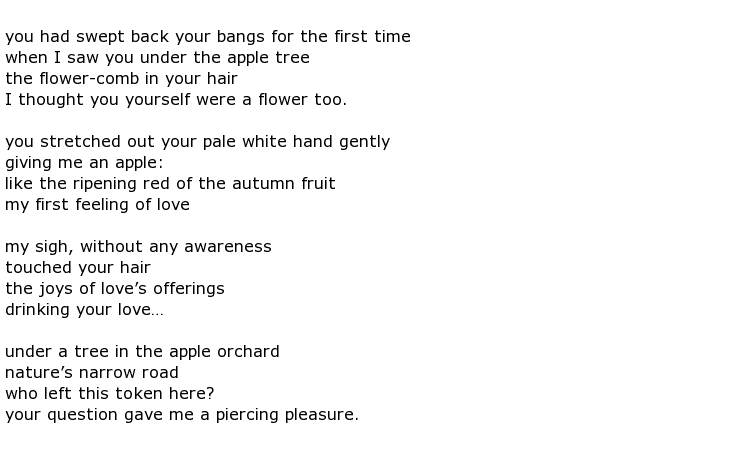 Toson Shimazaki is the pen-name used by a Japanese poet and fiction writer whose work varied from a romantic style initially, progressing towards one known as “naturalism”. He was able to show people and events exactly how they were with no embellishment or distortion of the facts. Toson produced his work during the Meiji, Taisho and early Showa periods of Japanese history.
Toson Shimazaki is the pen-name used by a Japanese poet and fiction writer whose work varied from a romantic style initially, progressing towards one known as “naturalism”. He was able to show people and events exactly how they were with no embellishment or distortion of the facts. Toson produced his work during the Meiji, Taisho and early Showa periods of Japanese history.
Toson was born Shimazaki Haruki on the 25th March 1872 in a place that is now part of the city of Nakatsugawa. His childhood was spent in the countryside of the Kiso District and he was, in adult life, inspired to write about the people and his experiences of rural life in the “naturalist” style that he became famous for. Perhaps his most famous piece of work about those times was his novel Before the Dawn which was a somewhat melancholic look back at his teenage years when he found himself in the care of friends of the family after his father had developed a mental illness and died.
Despite his difficulties, Toson enjoyed a university education at Meiji Gakuin University, graduating in 1891. He found himself a position as a teacher of English at a women’s school in Tokyo shortly after graduating. He was developing a strong interest in literature at this time and was able to make contributions to magazines such as Bungakukai and also to the Jogaku Zasshi (Magazine of Women’s Learning).
After four years in his first teaching post he moved on to another one, this time in the northern town of Sendai. It was here that he set about carving out a serious career as a poet and he produced a collection called Wakanashū (Collection of Young Herbs) in 1897. This was seen by critics as the first body of work to belong to the Meiji Romanticism literary movement. Encouraged by the favourable reaction to his work, Toson went on to produce four more collections of poetry. Here is an example of his verse, an early romantic poem called First Love:

As the 20th century dawned he turned away from poetry and began writing novels, the first of which was called The Broken Commandment and was published in 1906. This was considered to be the first Japanese novel of the naturalist movement but it was a real effort to complete this book as, during the writing, his three children fell ill in turn and all died of their illnesses.
Another novel followed in 1908, titled Haru (Spring), but then, over a two year period between 1910 and 1911, he wrote was is generally considered to be his masterpiece. Ie (The Family) is a sorrowful tale of the trials and tribulations of two separate families who are related to the protagonist of the story. Another family-related story followed and this caused a scandal, from the point of view that it featured his own incestuous relationship with a niece called Komako. The book was called Shinsei (New Life) and was the cause of Toson’s exile in France for some years.
He continued to write and took another teaching post on his return to Japan. His literary achievements earned him the honour of representing his country in the International PEN writers association conferences in Europe and South America.
Toson Shimazaki suffered a stroke and died on the 22nd August 1943 aged 71.

